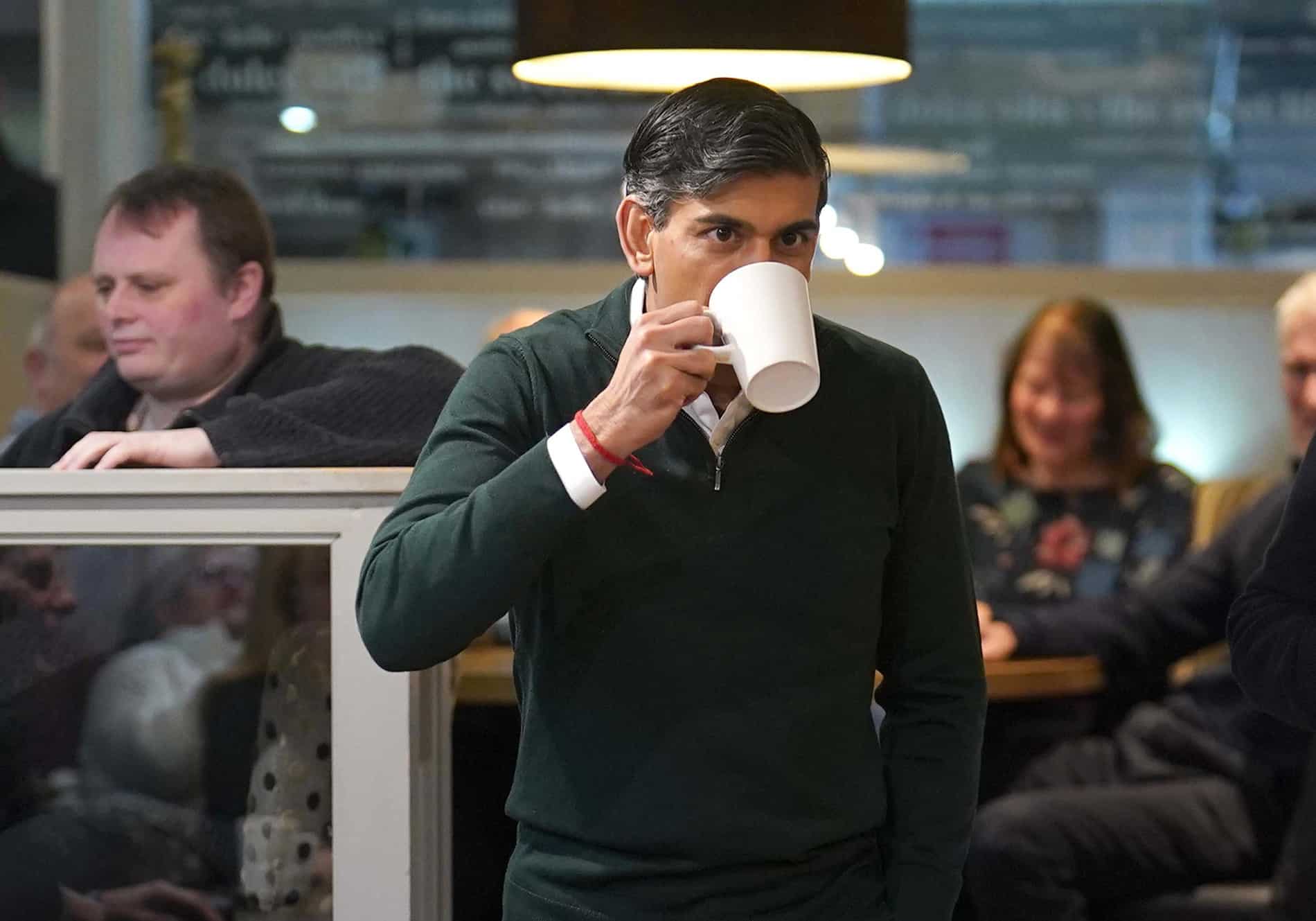
Rishi Sunak has played down polling suggesting that the Tories could be on course for a 1997-style wipeout at the next general election.
It comes after a major opinion poll indicated Labour could be on course for a 120-seat majority in the election expected later this year.
A YouGov survey of 14,000 people indicates that the Prime Minister’s party could hold on to as few as 169 seats as Sir Keir Starmer’s Labour enters Downing Street with 385.
The polling, reported by the Telegraph, indicated that every so-called “red wall” seat won by Boris Johnson in 2019 could be lost at the general election this year.
Speaking in Essex, Mr Sunak insisted that the only poll that matters “is the one when the general election comes”.
Chancellor Jeremy Hunt could be one of 11 Cabinet ministers to lose their seats in what would be the biggest collapse in support for a governing party since 1906, according to the newspaper.
But further analysis of the numbers suggests the results could be far worse than first reported.
Sam Freedman points out on X that there isn’t a single seat in the UK where the Conservatives score more than 40 per cent of the vote, and in only 74 do they score more than 35 per cent.
There are also fewer than 40 seats where they are 10 points ahead of the second-placed party.
YouGov has allocated the ‘don’t knows’ to the party whose supporters the person most looks like, which could be giving the Tories an artificial boost.
While things could still improve for Sunak’s party, “it is also true they are perilously close to going below 100 seats if things continue to get worse for them”, Freedman concludes.
Ouch!
Related: Brexit has cost the UK economy £140 BILLION – London mayor